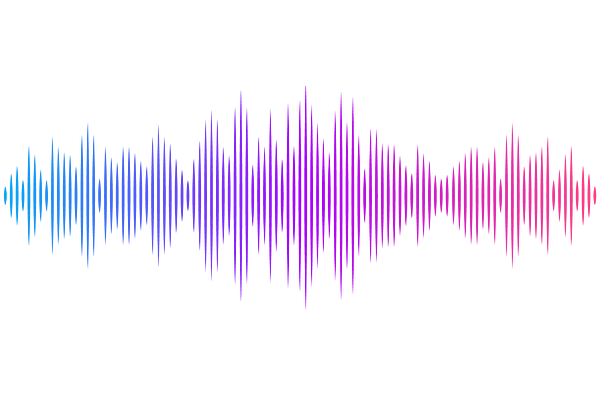An image segmentation pipeline optimized for human microglia uncovers sources of morphological diversity in Alzheimer's disease

An image segmentation pipeline optimized for human microglia uncovers sources of morphological diversity in Alzheimer's disease
De Jager, R. M.; Lee, A. J.; Sigalov, A.; Taga, M.
AbstractAlzheimer\'s disease (AD) is a neurodegenerative disorder characterized by cognitive decline and the accumulation of beta-amyloid plaques and neurofibrillary tangles. Microglia, the resident immune cells in the brain, play a crucial role in AD pathology, particularly in relation to amyloid plaques. However, the exact role of plaque-associated microglia and their morphological changes in AD progression remains under debate. In this study, we aimed to establish an automated image segmentation and analysis pipeline optimized for the detection of human microglia, and we assessed its utility by systematically investigating topological relationships between microglia morphology and amyloid plaques. We accessed post-mortem brain tissue samples from persons with AD and utilized immunofluorescence staining to label microglia (IBA1) and amyloid plaques (A{beta}1-42). The acquired images were processed using CellProfiler, an open-source image analysis software, to automatically segment microglia and measure their morphological features. Specifically, since activated (stage III) microglia have a condensed morphology with retracted processes, we prioritized a morphological parameter called \"compactness\" in our analyses to capture shape changes in microglial found in proximity to amyloid plaques. Our results revealed that microglia unassociated with plaques (Mip-) were more abundant than microglia associated with plaques (Mip+) in the Dorsolateral Prefrontal Cortex (DLPFC) of both men and women with AD. Furthermore, we observed that Mip+ exhibited a significantly more ramified shape and had a higher expression of the IBA1 microglial marker gene compared to Mip. There were no significant differences in microglia morphology between men and women. Our study highlights the utility of automated image analysis in characterizing detailed microglia morphology at the single-cell level and its relationship with AD pathology.